Find the pages, products, documents, and resources with a full site search.
Advanced Document SearchAsbestos, Lead, PCB, Nuclear
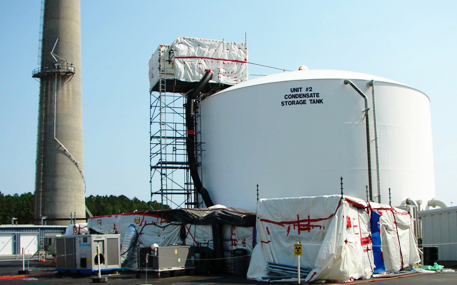
No matter what contaminant is on the surface, Sponge-Jet’s engineered composite media can help remove, capture and contain it. The unique approach of this technology allows better planning and implementation of abatement projects resulting in reliable results and time schedule performance.
- Lead paint removal
- Asbestos abatement
- Nuclear decontamination
- Mold treatment
- PCB contaminant removal
- Anti-fouling compounds
Sponge-Jet’s MicroContainment™ feature provides repeatable results across the wide range of decontamination and abatement projects.
Features & Benefits
- Lower project costs
- Simplify job staging
- Reduce compliance costs
- Improve worker health and safety
- Decontaminate, absorb and abate hazards
- Improve community relations and compliance
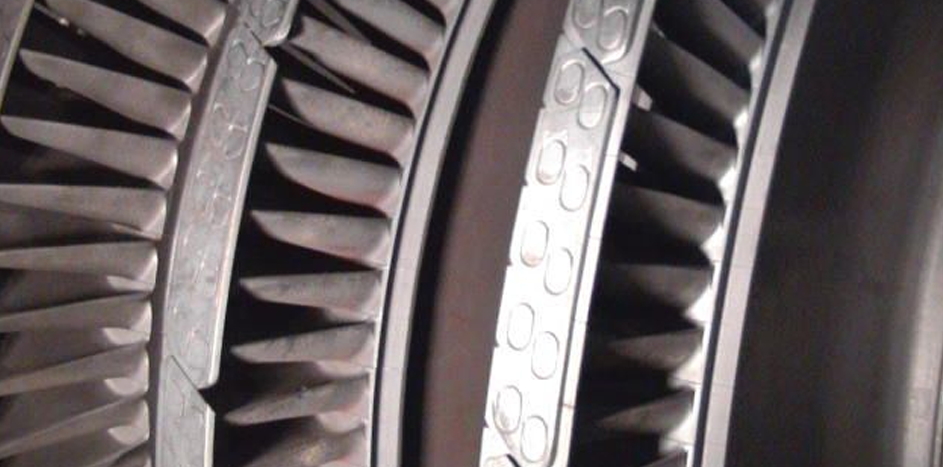
Radioactive Decontamination of Low Pressure Turbines
Contaminated turbine components were blasted with Silver 60 Sponge Media™ composite abrasives, achieving decontamination factors over 11; all components were designated for "free release”.
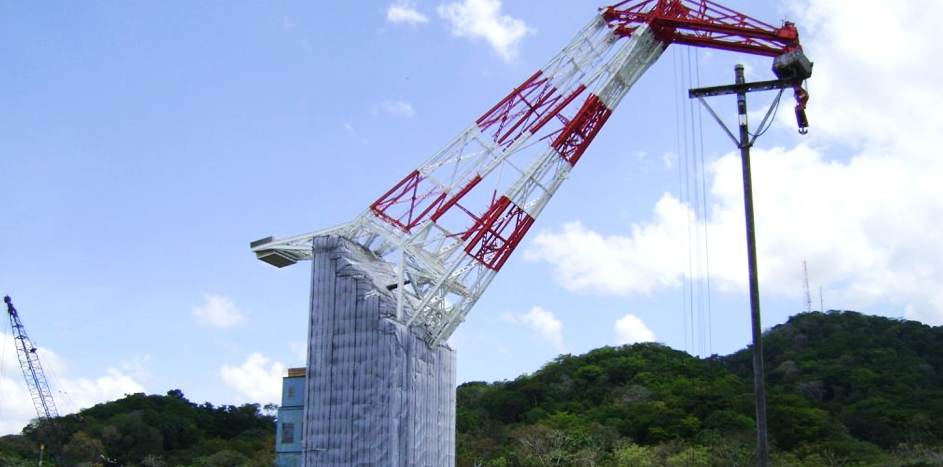
Lead Paint Removal from Crane
World's largest crane, the Titan Crane, made from steel and asbestos was stripped of 50-year old lead paint using Silver 30 Media™ abrasives. Sponge-Jet's MicroContainment™ feature suppressed lead levels to safe levels and protected sensitive machinery.
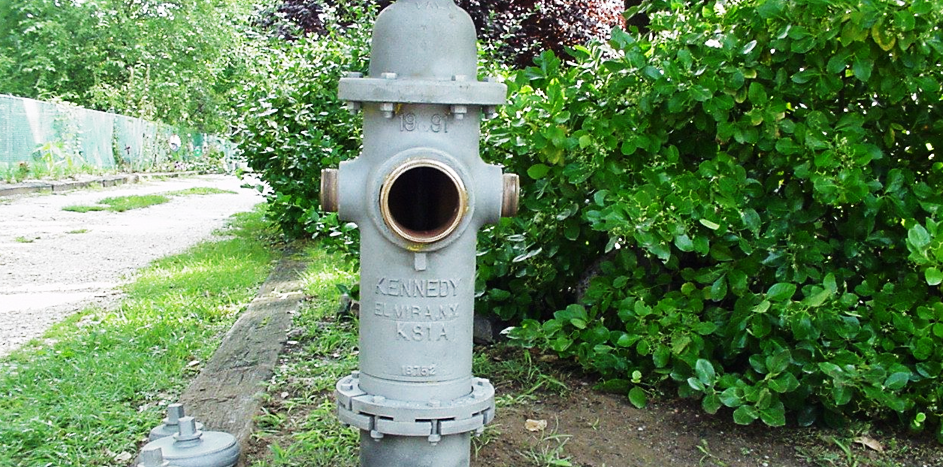
Municipalities Remove Lead Paint from Fire Hydrants
No technology is more effective, mobile and easy to staged for lead paint abatement on fire hydrants than Sponge-Jet. The process also offers minimal disruption and cost to the community. Other technologies often require containment built in place; Sponge-Jet allows for rapid deployment containment (e.g. over-sized phone booth) which is both fast and efficient.

Lead Paint Removal on Large Structures
Many older industrial, commercial and institutional buildings contain hazardous materials such as PCBs, lead paint, asbestos, chromate primers and petroleum residues – which often contain heavy metals. Sponge-Jet MicroContainment™ properties allow for cost-effective removal, with reduced worker exposure and less total contaminated waste from a job.
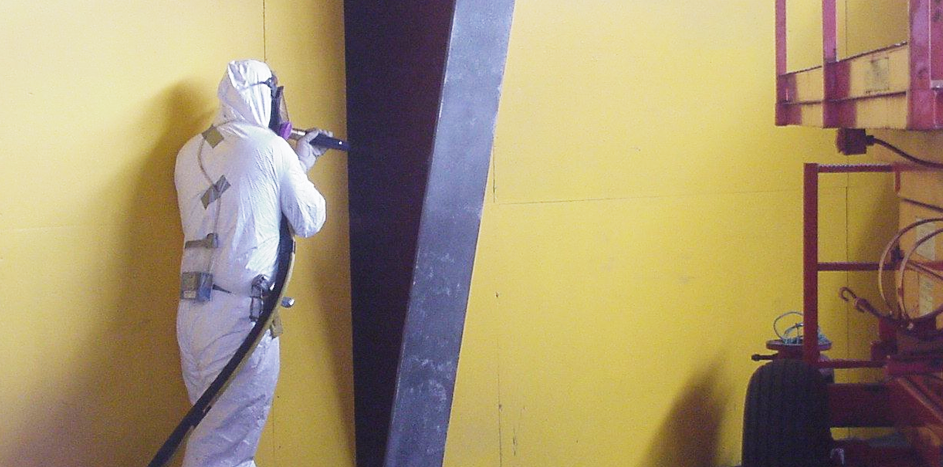
Engineering Controls for Lead Paint Removal
This industrial building in Kodiak, Alaska (USA) required removal of lead paint primer from aluminum walls and ceilings in a safe manner with minimum interference to other sections of the building. Sponge-Jet was highly effective and OSHA approved “Engineering Control” that allowed the abatement contractor to rapidly remove the coating while maintaining very low worker exposure within the containment.
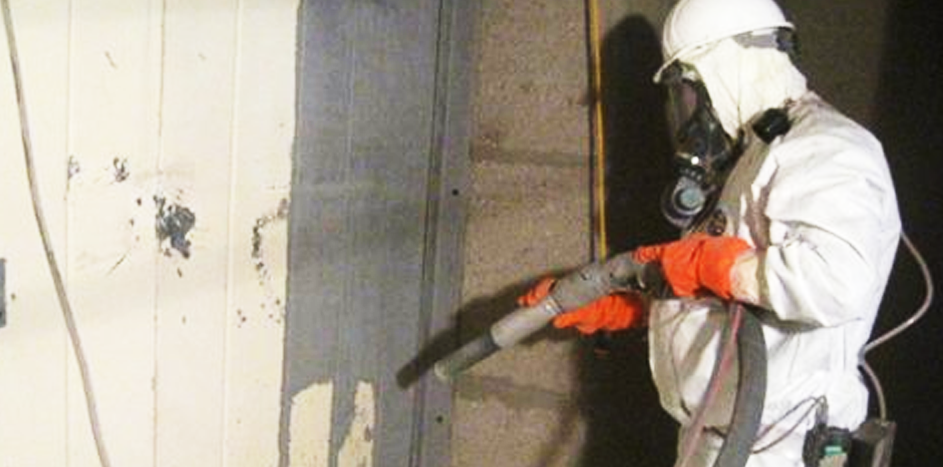
Workers Exposure Below Actionable level
Worker exposure levels are monitored on many lead abatement projects such as this one at a major US power generation plant. Often, if appropriate engineering controls (such as ventilation) are used with Sponge-Jet – air monitoring results have determined worker exposure to be below actionable levels.
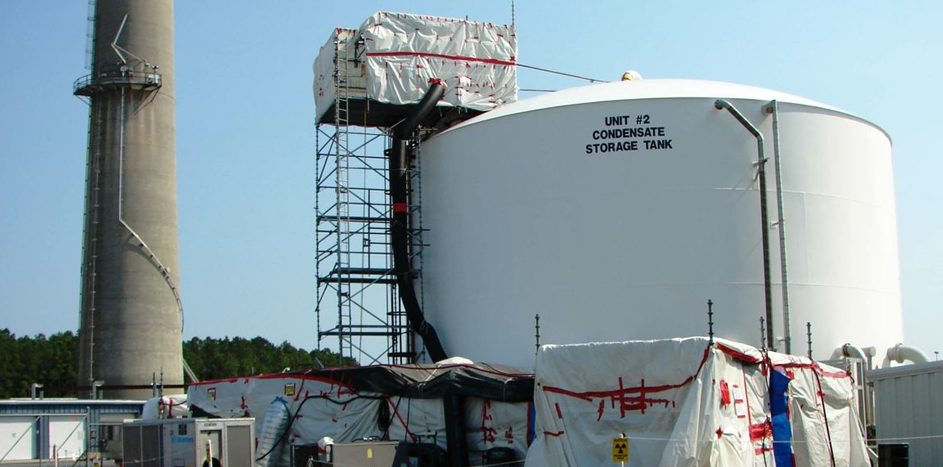
Nuclear Plant Decontamination
Composite Sponge Media™ products capture the surface layer being cleaned/abraded/at the point of impact - and further suppress for example, low-level nuclear contaminants from being spread to other areas. This effective, one-step decontamination process reduces radioactive exposure like it did during this condensate storage tank restoration project.
Sponge-Jet Resource Center
Resources
Sponge-Jet Resource Center
Resources

836 Turbine and Related Equipment Decontamination
Case history summarizing Sponge-Jet low level-radioactive decontamination on two Siemens turbines (o…
Download
Chloride Removal Paper
PDF white paper compares dry abrasive blasting with pliant abrasive blasting, focusing on chloride r…
Download
Lead Based Coating Removal in WWTP
PDF article describes Sponge-Jet low-dust surface prep to remove lead-based paint from waste water t…
Download
Removing Radioactive Oxide Buildup
PDF case history document describes Sponge-Jet process in the removal of radioactive oxide build-up …
Download
Blog
Recent Blog Posts

How Sponge-Jet Helped Restore Paris's Grand Palais for the 2024 Olympics
Every four years, billions of people from all around the globe unite to watch the Olympic Games.Hosted in renowned cities worldwide, this year’s Olympic Games will be held in Paris, France. They have only been held in Paris, France twice before - in 1900 and 1924. Now, 100 years later, Paris will once again become the world stage for these iconic games.Read More >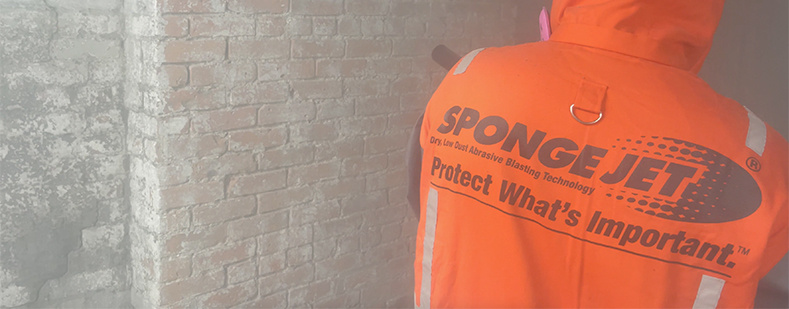
How do Contractors Use Sponge-Jet for Abatement Work?
Jobs that are characterized as "abatement projects" typically involve the removal of hazardous materials from the surface. These types of projects are often found in places like industrial shipyards, factories, tanks, water treatment plants, mill buildings, and generally any building or structure built before 1980.
Read More >
